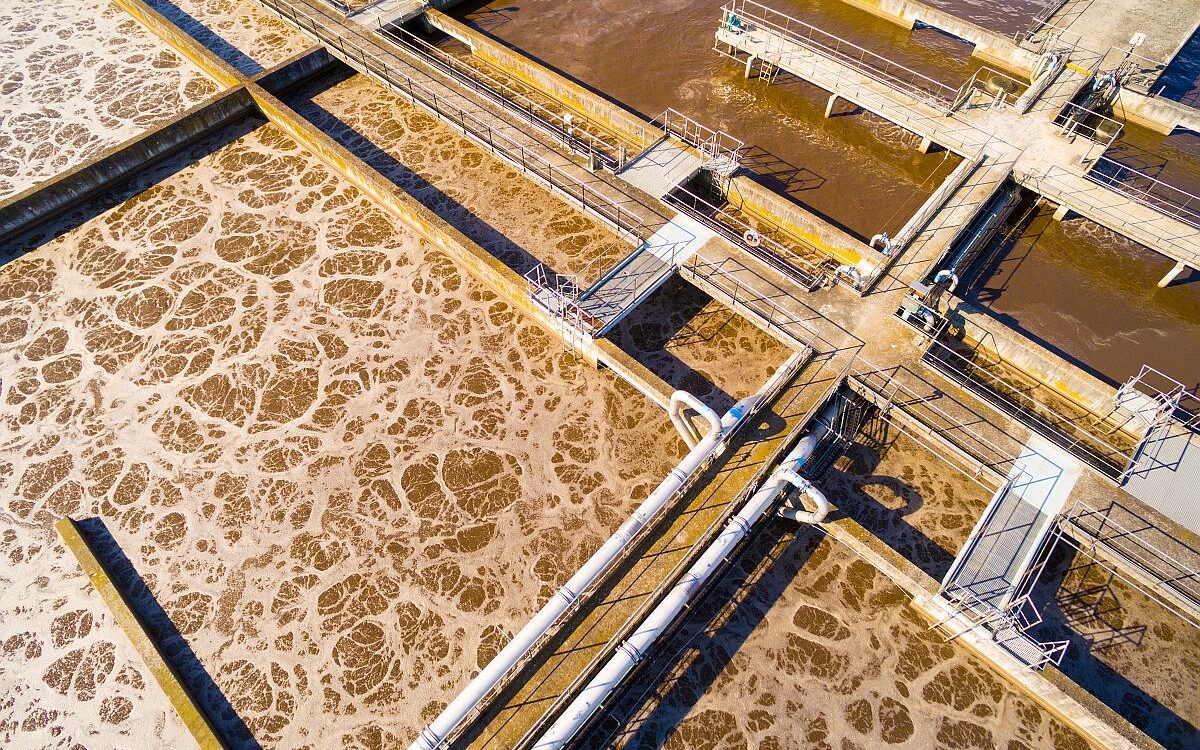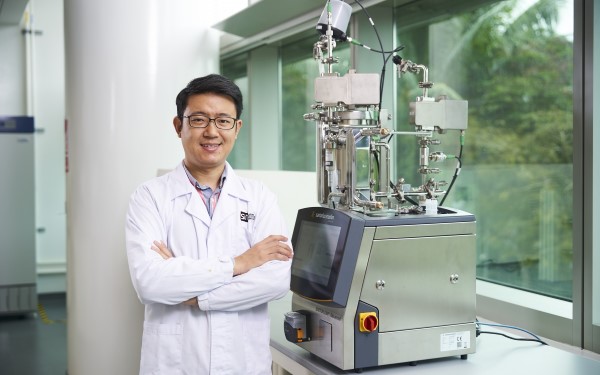Sadly, the amount of freshwater in the world is dwindling with each passing year. Moreover, in places such as Florida, much of the water that comes from wells and other “fresh” sources is briny, or brackish. As such, businesses and people who live in this part of the country – and places like it around the globe – rely on a process to make freshwater. In many cases, reverse osmosis water treatment is the best way to do this, and metering pumps play an important role in the process.
Reverse osmosis (RO) is not a new technology. It was originally pioneered in the 1700s, and many of the techniques used today were perfected in the 1950s. RO cleans and filters water by using a semipermeable membrane to remove ions, molecules and large particles from water. The rate of passage through the membrane is determined by the pressure, concentration and temperature of the molecules or solutes on either side. RO does not just remove salt from water, it also filters and removes many types of dissolved and suspended species, including bacteria.
When RO is used to clean briny or brackish water, the untreated water is pressurized against one surface of the membrane. By applying pressure that is greater than the naturally occurring osmotic pressure, the water seeps through while the larger molecules or ions remain trapped in the membrane. This process demineralizes the water as it passes through the membrane. The cleaned water is called permeate (or product) water. The water stream that carries the concentrated contaminants that did not pass through the RO membrane is called the reject (or concentrate) stream.
How metering pumps aid reverse osmosis water treatment processes
pH adjustment on both sides of the membrane: Raw, pretreated water tends to be slightly alkaline (pH higher than 7). RO membrane fibers are cellulose-based and they degrade in alkaline conditions, which results in a loss of efficiency. Although membranes can be regenerated through backflushing techniques, the long-term exposure to alkaline conditions leads to membrane replacement, which can create a significant capital expense.
To protect the membrane, the pH of alkaline raw water should be adjusted down to neutral (approximately 7). This is accomplished by injecting precise amounts of acids, such as hydrochloric acid, to lower the pH. Because the pH of the source water can vary (by storms or other man-made interventions), the turndown capabilities of the metering pumps should be utilized to inject only the amount of acids that are needed to assure the correct pH for water passing through the membrane.
To protect the membrane, the pH of alkaline raw water should be adjusted down to neutral (approximately 7). This is accomplished by injecting precise amounts of acids, such as hydrochloric acid, to lower the pH. Because the pH of the source water can vary (by storms or other man-made interventions), the turndown capabilities of the metering pumps should be utilized to inject only the amount of acids that are needed to assure the correct pH for water passing through the membrane.
Dosing scale inhibitors to protect equipment: One byproduct of the reverse osmosis water treatment process is the accumulation of suspended solids, microorganisms and mineral scales on membranes. Because replacement is expensive and lowers plant productivity, efforts should be made to protect and preserve membranes.
Here again, metering pumps can play an important role in reverse osmosis water treatment by dosing a wide variety of scale inhibitors before and after the water passes through the membrane. Dosing specific amounts of sulfuric acid via metering pumps on the front end of the process not only helps “de-alkalize” the source water, but it also helps to prevent calcium carbonate scaling. Additional scale inhibitors are frequently used on the back end of the process, after the sodium bi-sulfite injection, to ensure chlorine is removed.
Without scale inhibitors, membranes could become saturated with heavy elements that clog the process and dramatically lower efficiency rates – in as little as 48 hours. For plants that run continuous operations, the metering pumps that dose scale inhibitors are critical to the uptime and efficiency of the process.
To learn more about the necessary requirements, the selection criteria and maintenance of metering pumps for reverse osmosis water treatment read the next page.






